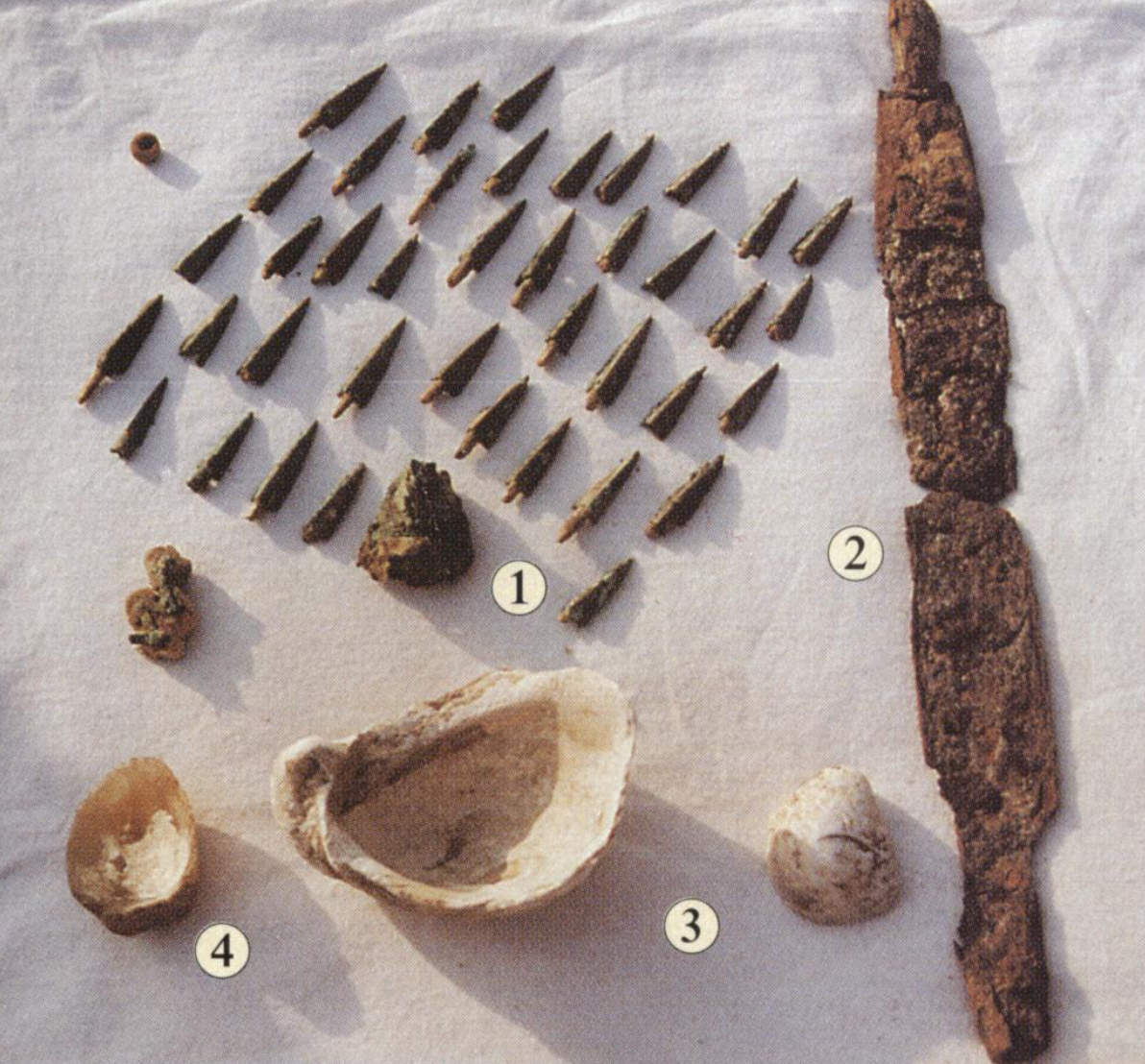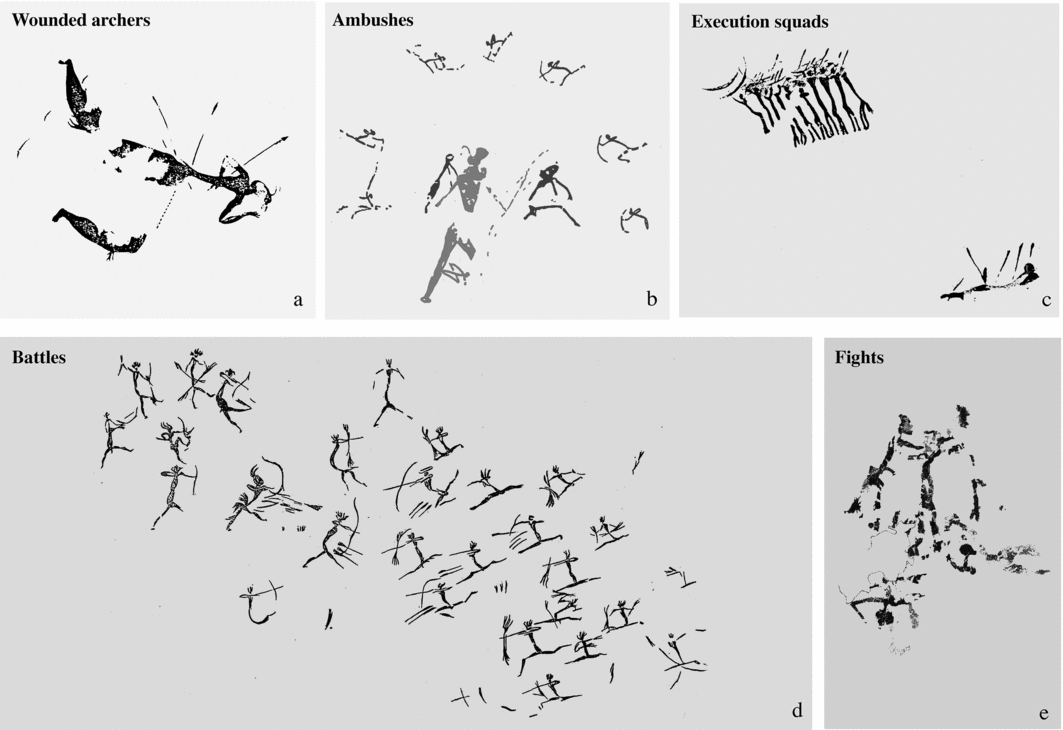The ancient city of Cahokia, located in the southwest of Illinois, was once a bustling metropolis that thrived for four centuries. It was the largest pre-Columbian city in North America, and its agricultural practices and the diet of its inhabitants are crucial to understanding the daily lives and cultural dynamics of its citizens. Its large population ensured that agriculture would play a central role in structuring Cahokian society. Archaeological evidence and research provide insights into how the people of Cahokia sustained themselves throughout the city’s impressive history.
Agricultural practices were fundamental to Cahokia’s success. The city’s inhabitants cultivated a diverse array of crops, but maize (corn) was a primary staple of the average diet (Yates, 2020). The Cahokian’s production of maize was crucial, as its large-scale cultivation allowed Cahokia to support a large population. The people of Cahokia also developed agricultural techniques, such as the three sisters farming method (Person, 2023). This method involves planting maize, beans, and squash together, creating a symbiotic relationship, and ensuring the success of all three crops (Figure 1). Maize provided a tall stalk for the beans to climb, while squash vines covered the ground, reducing weed growth and retaining moisture (Editor, 2019) (Figure 1, Figure 2). This agricultural approach allowed Cahokians to maximize their agricultural productivity, thus helping the city support its growing population.


Cahokia was situated on a floodplain of the Mississippi River – a very fertile section of land that provides an ideal environment for agriculture (Kiger, 2019). The rich soil supported not only the crops mentioned in the three-sisters farming method but also a variety of seeds, such as goosefoot, amaranth, a relative of quinoa, gourds, and marsh elder (Seppa, 1997). The specific types of crops cultivated by Cahokians, however, have been lost; but their descendants still exist in the area today (Gattuso, 2019). The surrounding woodland environment also provided an abundance of flora and fauna resources; Cahokia’s location contributed greatly to its abundance of food resources (Kiger, 2019).
Archaeological evidence has revealed the presence of specialized storage pits within the city, suggesting that Cahokians stored surplus crops for future use (Collins, 1990). These storage facilities were essential for food security, especially during times of crop failure or food scarcity. The careful management of such food resources allowed Cahokians to mitigate the risks associated with agricultural production and large populations. Archaeologists have also discovered evidence of a large trade network connecting Cahokia to other regions and societies (Seppa, 1997). This network enabled the exchange of resources, including food, contributing to the city’s economic prosperity, and fostering a diverse cultural exchange.
Cahokian society was intricately linked to the Cahokian diet. The abundance of food resources, as well as the development of an efficient agricultural system, allowed for the growth of a complex urban center. The surplus food production supported a hierarchical society, with leaders and elites who controlled the distribution of resources. Therefore, food played a role in not only nourishing and sustaining the Cahokian population but also in shaping social structure and hierarchy.
Additional Information:
https://www.wild-fed.com/podcast/132
References:
Collins, James M. 1990. The Archaeology of the Cahokia Mounds ICT-II. https://libsysdigi.library.illinois.edu/oca/Books2008-07/archaeologyofcah00coll/archaeologyofcah00coll.pdf.
Editor. 2019. “Cahokia.” Open Ended Social Studies. July 3, 2019. https://openendedsocialstudies.org/tag/cahokia/.
Four String Farm. 2013. “The Three Sisters.” Four String Farm. Four String Farm. April 11, 2013. https://fourstringfarm.com/2010/07/09/tres-hermanas/.
Gattuso, Reina. 2019. “How Did Cahokian Farmers Feed North America’s Largest Indigenous City?” Atlas Obscura. March 28, 2019. https://www.atlasobscura.com/articles/native-american-farming-cahokia.
Kiger, Patrick J. 2019. “Ancient Native Americans Once Thrived in Bustling Urban Centers.” HISTORY. November 25, 2019. https://www.history.com/news/native-american-cahokia-chaco-canyon.
Person, Janice. 2023. “Uncovering Cahokia’s Food History & Forgotten Farmscapes.” Grounded by the Farm. August 30, 2023. https://groundedbythefarm.com/cahokia-food-history/.
Seppa, Nathan. 1997. “WashingtonPost.com: Ancient Cahokia.” Www.washingtonpost.com. March 12, 1997. https://www.washingtonpost.com/wp-srv/national/daily/march/12/cahokia.htm#:~:text=Along%20with%20corn%2C%20Cahokians%20cultivated.
Yates, Diana. 2020. “Cahokia’s Rise Parallels Onset of Corn Agriculture.” News.illinois.edu. May 14, 2020. https://news.illinois.edu/view/6367/808689.


